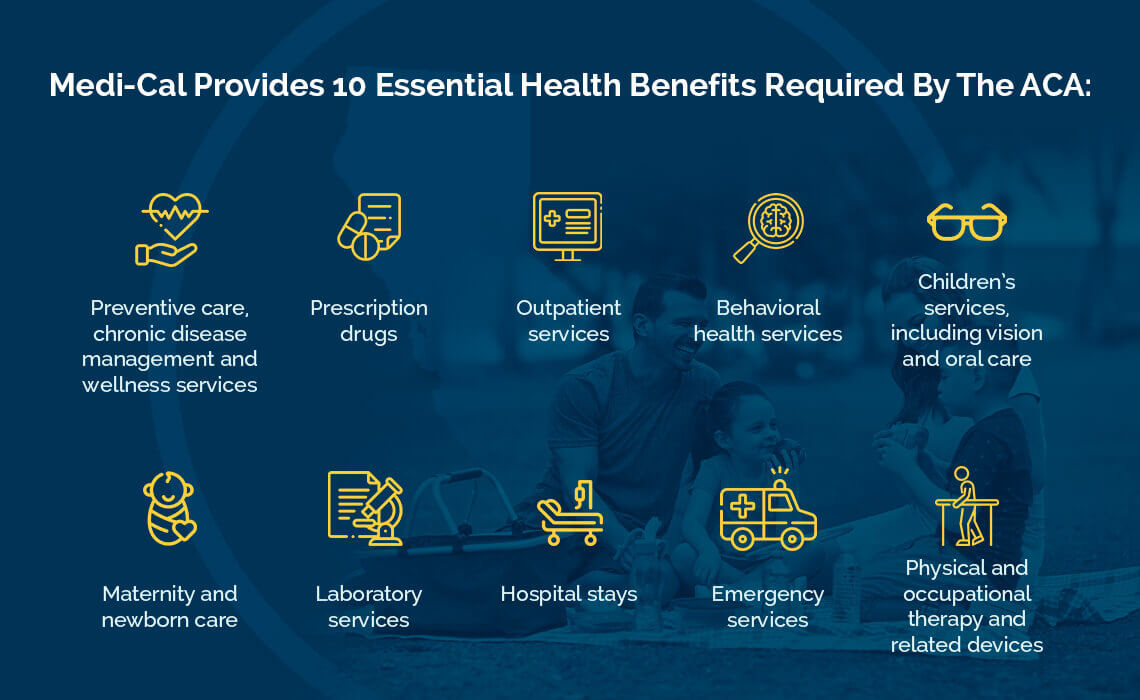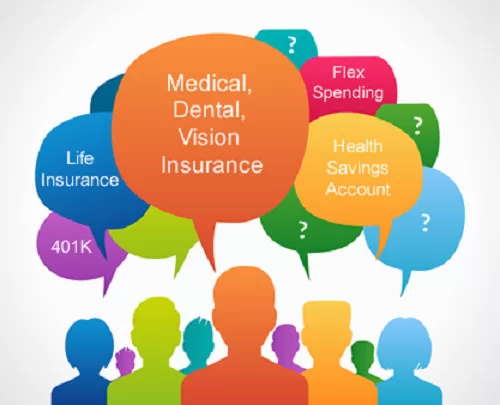Medicare Advantage Agent - Truths
Medicare Advantage Agent - Truths
Blog Article
Medicare Advantage Agent Fundamentals Explained
Table of ContentsThe Buzz on Medicare Advantage AgentRumored Buzz on Medicare Advantage AgentRumored Buzz on Medicare Advantage Agent

complies with from confusing the relatively young age account of the uninsured with the much better wellness, usually, of more youthful persons. This covers the web link between wellness standing and health insurance coverage. For those without access to office wellness insurance coverage, poor wellness is a possible obstacle to purchasing nongroup insurance coverage due to the fact that such protection may be very priced, omit preexisting problems, or be simply inaccessible. The number of without insurance Americans is not especially large and has not transformed in recent years. Seven out of 10 respondents in a country wide depictive survey assumed that less Americans did not have health insurance policy than actually do(Fronstin, 1998). Approximately fifty percent(47 percent )thought that the variety of individuals without medical insurance lowered or remained continuous over the last fifty percent of the last years(Blendon et al., 1999). This decline of practically 2 million in the variety of people 'without insurance policy (a decrease
of about 4 percent)is definitely a favorable adjustment. With a softer economic situation in 2000 the most up to date reported gains in insurance protection might not proceed(Fronstin, 2001 ). The decrease in the variety of uninsured will not continue if the economic situation stays slow-moving and healthcare prices remain to surpass rising cost of living. This is due to the fact that the data were gathered for a period of strong economic performance. Of the estimated 42 million people that were without insurance, all but about 420,000(regarding 1 percent)were under 65 years of age, the age at which most Americans end up being eligible for Medicare; 32 million were grownups between ages 18 and 65, about 19 percent of all adults in this age team; and 10 million were kids under 18 years of age, regarding 13.9 percent of all kids (Mills, 2000). These price quotes of the variety of persons without insurance are generated from the yearly March Supplement to the Present Populace Survey (CPS), carried out by the Census Bureau. Unless or else kept in mind, nationwide quotes of people without medical insurance and percentages of the population with different type of protection are based on the CPS, the most widely made use of resource of quotes of insurance protection and uninsurance prices. These studies and the quotes they yield are explained briefly in Table B. 1 in Appendix B - Medicare Advantage Agent. These surveys vary in dimension and sampling methods, the concerns that are inquired about insurance policy
An Unbiased View of Medicare Advantage Agent
protection, and the moment duration over which insurance protection or uninsurance is measured(Lewis et al., 1998, Fronstin, 2000a ). Still, the CPS is especially valuable because it generates annual estimates fairly rapidly, reporting the previous year's insurance coverage approximates each September, and because it is the basis for a regular set of price quotes for more than 20 years, permitting analysis of fads in insurance coverage over time.

Medicare Advantage Agent Can Be Fun For Anyone
Over a three-year period starting early in 1993, 72 million people, 29 percent of the U.S. population, were without insurance coverage for a minimum of one month. Within a solitary year(1994), 53 million individuals experienced a minimum of a month without insurance coverage(Bennefield, 1998a). Six out of every 10 uninsured grownups are themselves employed. Although functioning does boost the possibility that a person and one's relative will have insurance, it is not an assurance. Also participants of households with two permanent wage income earners have virtually a one-in-ten possibility of being uninsured (9.1 percent uninsured rate)(Hoffman and Pohl, 2000 ). The connection between health and wellness insurance policy and accessibility to care is well developed, as documented later in this chapter. The partnership in between health insurance and wellness end results is neither direct nor basic, a substantial medical and health services research literature links health insurance coverage
to improved access accessibility care, better quality, and improved enhanced and population populace statusCondition The 2nd record, important source on personal health and wellness end results for without insurance adults, is stood for by the inner circle of the number, while the 3rd report, on family well-being, includes the subjects of the 2nd report yet stresses a various system of analysis, namely, the family. The 6th report in the collection will certainly provide info about techniques and initiatives carried out locally, statewide, or nationally to attend to the absence of insurance coverage and its damaging influences. Degrees of analysis for analyzing the results of uninsurance. This discussion of medical insurance protection concentrates largely on the united state population under age 65 since virtually all Americans 65 and older have Medicare or various other public coverage.
Furthermore, it concentrates particularly on those without any health and wellness insurance for any length of time. The issues encountered by the underinsured remain in some areas comparable to those encountered by the uninsured, although they are usually less serious. Uninsurance and underinsurance, however, include distinctly different policy issues, and the approaches for addressing them may vary. Throughout this research and the 5 records to comply with, the primary emphasis is on individuals without any health and wellness insurance coverage and therefore no help in spending for healthcare past what is available through charity and safeguard establishments. Medical insurance is an effective variable influencing invoice of treatment because both people and doctors reply to the out-of-pocket cost of solutions. Medical insurance, nevertheless, is neither needed neither enough to access to medical services. The independent and straight result of health
insurance coverage protection access accessibility health wellness solutions well established. Others will certainly obtain the wellness treatment they need also without wellness insurance coverage, by spending for it expense or seeking it from service providers who provide treatment complimentary or at extremely subsidized rates. For still others, medical insurance alone does not make certain receipt of treatment as a result of various other nonfinancial barriers, such as a lack of healthcare suppliers in their area, restricted accessibility to transport, illiteracy, or linguistic and social distinctions. Official research study about uninsured populaces in the United States dates to the late 1920s and very early 1930s Visit This Link when the Board on the Expense of Healthcare generated a collection of reports concerning financing physician office check outs and hospitalizations. This concern came to be salient as the numbers of medically indigent climbed up during the Great Anxiety. Empirical research studies regularly support the web link between access to care and boosted health results(Bindman et al., 1995; Starfield, 1995 ). Having a regular resource of care can be thought about a forecaster of accessibility, rather than a direct action of it, when health results are themselves made use of as accessibility indicators. This expansion of the concept of access dimension was made by the IOM Board on Checking Access to Personal Healthcare Solutions(Millman, 1993, p. Whether or not parents are insured appears to impact whether their kids receive treatment as well as exactly how much careeven if the youngsters themselves have insurance coverage(Hanson, 1998). The health and wellness of parents can impact their ability to care for their kids and the level of household stress and anxiety. Stressing over their children's access to care is itself a resource of tension for moms and dads. Three phases adhere to in this report. Phase 2 supplies a summary of exactly how employment-based medical insurance, public programs and specific insurance policy policies operate and communicate to offer extensive however incomplete protection of the united state population. This includes a review of historical trends and public policies influencing both public and exclusive insurance policy, a conversation of the interactions amongst the various types of insurance policy, and an exam of why individuals move from one program to another or wind up

Report this page